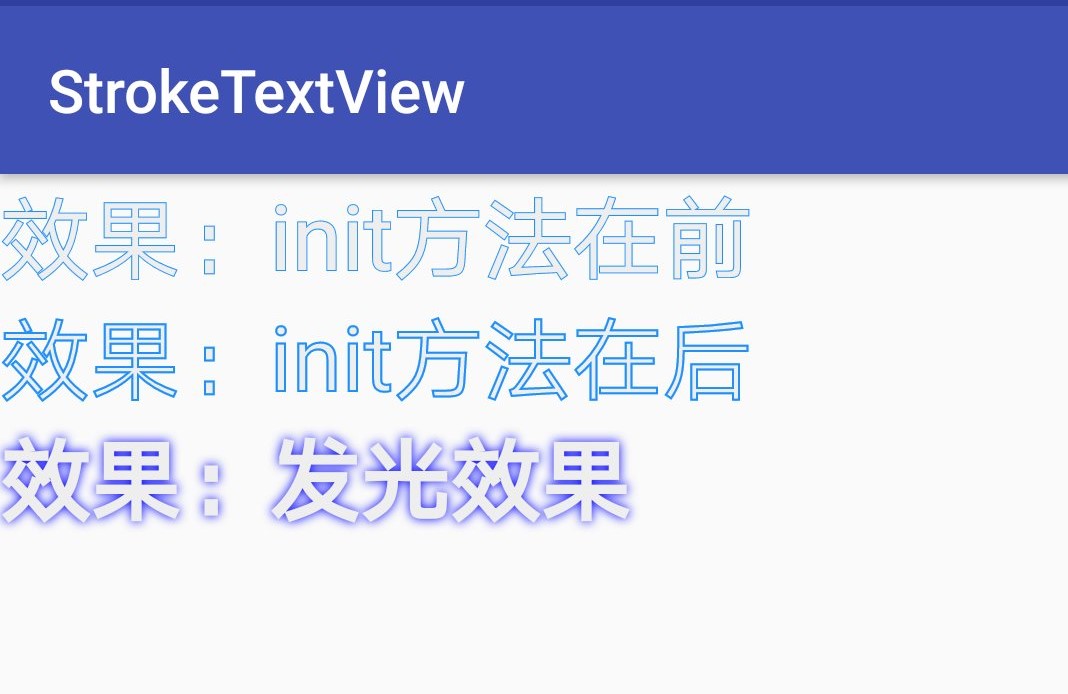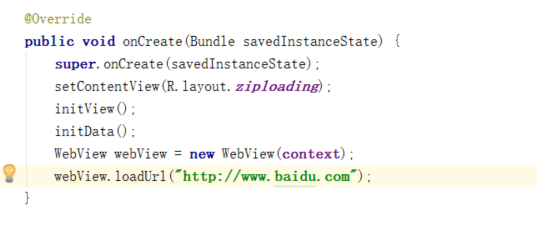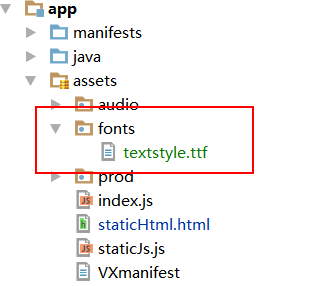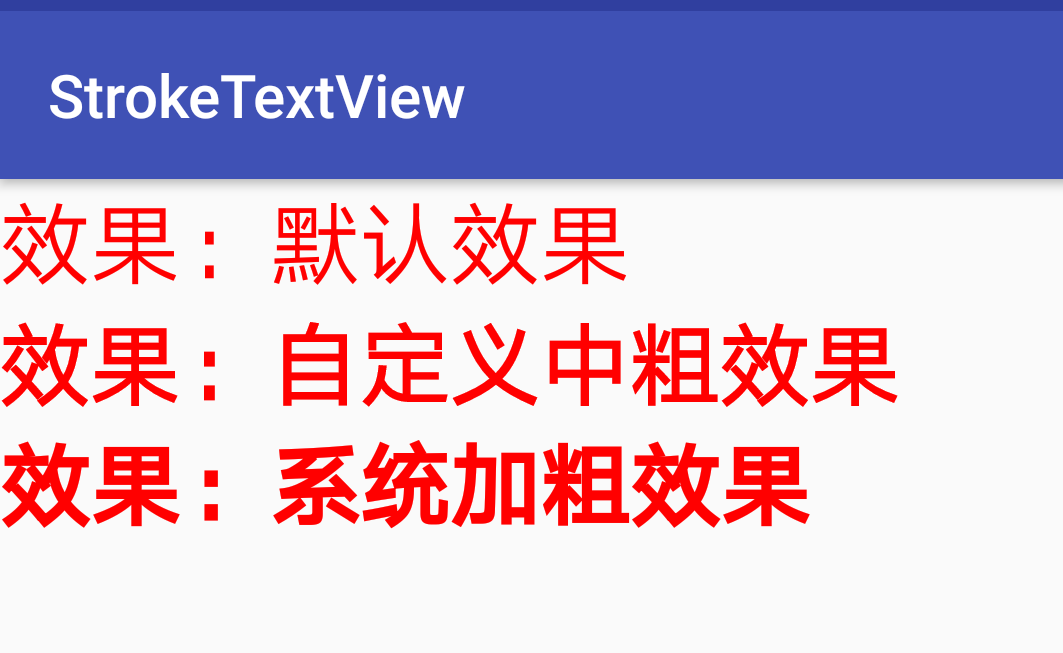我想将我的应用添加到通知栏,以便它始终显示,如Google Play商店中的某些应用.
我想要这样的屏幕截图:
我希望我的通知不被清除,并且当我的应用程序在通知单击时被打开.
这是我的服务类代码:
package com.demo; import java.util.Random; import android.app.Notification; import android.app.notificationmanager; import android.app.PendingIntent; import android.app.Service; import android.content.Intent; import android.os.Handler; import android.os.IBinder; import android.os.Message; import android.widget.Toast; public class ServiceExample extends Service { @Override public IBinder onBind(Intent intent) { return null; } @Override public void onCreate() { super.onCreate(); Toast.makeText(this,"Service Created",300).show(); } @Override public void onDestroy() { super.onDestroy(); Toast.makeText(this,"Service Destroy",300).show(); } @Override public void onLowMemory() { super.onLowMemory(); Toast.makeText(this,"Service LowMemory",300).show(); } @Override public void onStart(Intent intent,int startId) { super.onStart(intent,startId); Toast.makeText(this,"Service start",300).show(); Notification notification = new Notification(R.drawable.ic_launcher,"Rolling text on statusbar",System.currentTimeMillis()); PendingIntent contentIntent = PendingIntent.getActivity(this,new Intent(this,ServiceDemoActivity.class),PendingIntent.FLAG_UPDATE_CURRENT); notification.setLatestEventInfo(this,"Notification title","Notification description",contentIntent); startForeground(1,notification); } @Override public int onStartCommand(Intent intent,int flags,int startId) { Toast.makeText(this,"task perform in service",300).show(); /*ThreadDemo td=new ThreadDemo(); td.start();*/ Notification notification = new Notification(R.drawable.ic_launcher,notification); return super.onStartCommand(intent,flags,startId); } private class ThreadDemo extends Thread{ @Override public void run() { super.run(); try{ sleep(70*1000); handler.sendEmptyMessage(0); }catch(Exception e){ e.getMessage(); } } } private Handler handler=new Handler(){ @Override public void handleMessage(Message msg) { super.handleMessage(msg); showAppNotification(); } }; void showAppNotification() { try{ notificationmanager nm = (notificationmanager)getSystemService(NOTIFICATION_SERVICE); // The PendingIntent to launch our activity if the user selects this // notification. Note the use of FLAG_CANCEL_CURRENT so that,if there // is already an active matching pending intent,cancel it and replace // it with the new array of Intents. // PendingIntent contentIntent = PendingIntent.getActivities(this,// "My service completed",PendingIntent.FLAG_CANCEL_CURRENT); // The ticker text,this uses a formatted string so our message Could be localized String tickerText ="djdjsdjkd"; // construct the Notification object. Notification notif = new Notification(R.drawable.ic_launcher,tickerText,System.currentTimeMillis()); // Set the info for the views that show in the notification panel. // notif.setLatestEventInfo(this,from,message,contentIntent); // We'll have this notification do the default sound,vibration,and led. // Note that if you want any of these behaviors,you should always have // a preference for the user to turn them off. notif.defaults = Notification.DEFAULT_ALL; // Note that we use R.layout.incoming_message_panel as the ID for // the notification. It Could be any integer you want,but we use // the convention of using a resource id for a string related to // the notification. It will always be a unique number within your // application. nm.notify(0,notif); }catch(Exception e){ e.getMessage(); } } }
我在我的项目清单文件中声明我的服务:
<?xml version="1.0" encoding="utf-8"?>
<manifest xmlns:android="http://schemas.android.com/apk/res/android"
package="com.demo"
android:versionCode="1"
android:versionName="1.0" >
<uses-sdk android:minSdkVersion="8" />
<application
android:icon="@drawable/ic_launcher"
android:label="@string/app_name" >
<activity
android:name=".ServiceDemoActivity"
android:label="@string/app_name" >
<intent-filter>
<action android:name="android.intent.action.MAIN" />
<category android:name="android.intent.category.LAUNCHER" />
</intent-filter>
</activity>
<service android:name=".ServiceExample"></service>
</application>
</manifest>
这是我开始和停止服务的课程:
package com.demo;
import android.app.Activity;
import android.content.Intent;
import android.content.IntentFilter;
import android.content.ReceiverCallNotAllowedException;
import android.os.Bundle;
import android.view.View;
import android.view.View.OnClickListener;
public class ServiceDemoActivity extends Activity implements OnClickListener {
/** Called when the activity is first created. */
@Override
public void onCreate(Bundle savedInstanceState) {
super.onCreate(savedInstanceState);
setContentView(R.layout.main);
findViewById(R.id.start).setonClickListener(this);
findViewById(R.id.stop).setonClickListener(this);
}
private Intent inetnt;
@Override
public void onClick(View v) {
switch (v.getId()) {
case R.id.start:
inetnt=new Intent(this,ServiceExample.class);
startService(inetnt);
break;
case R.id.stop:
inetnt=new Intent(this,ServiceExample.class);
stopService(inetnt);
break;
}
}
@Override
protected void onResume() {
super.onResume();
}
@Override
protected void onDestroy() {
super.onDestroy();
//
}
}
这是我的布局代码:
<?xml version="1.0" encoding="utf-8"?>
<LinearLayout xmlns:android="http://schemas.android.com/apk/res/android"
android:layout_width="fill_parent"
android:layout_height="fill_parent"
android:orientation="vertical" >
<Button
android:layout_width="fill_parent"
android:layout_height="wrap_content"
android:text="StartService"
android:id="@+id/start"/>
<Button
android:layout_width="fill_parent"
android:layout_height="wrap_content"
android:text="StopService"
android:id="@+id/stop" />
</LinearLayout>
解决方法
如果您希望应用程序始终处于状态栏中,则必须在onStart(…)和onStartCommand(…)方法中编写一个服务并调用startForeground(id,notification),并分别调用在服务的onDestroy()方法中使用stopForeground()方法.
该ID是一个整数,您可以分配给通知,通知是一个通知对象(您可以在这里阅读更多:http://developer.android.com/guide/topics/ui/notifiers/notifications.html).
Notification notification = new Notification(R.drawable.statusbar_icon,System.currentTimeMillis()); PendingIntent contentIntent = PendingIntent.getActivity(this,YourActivity.class),PendingIntent.FLAG_UPDATE_CURRENT); notification.setLatestEventInfo(this,contentIntent); startForeground(1,notification);
您可以将此代码放在服务的onStart(…)和onStartCommand(…)方法中.
此外,您可以在这里阅读更多服务:http://developer.android.com/reference/android/app/Service.html






